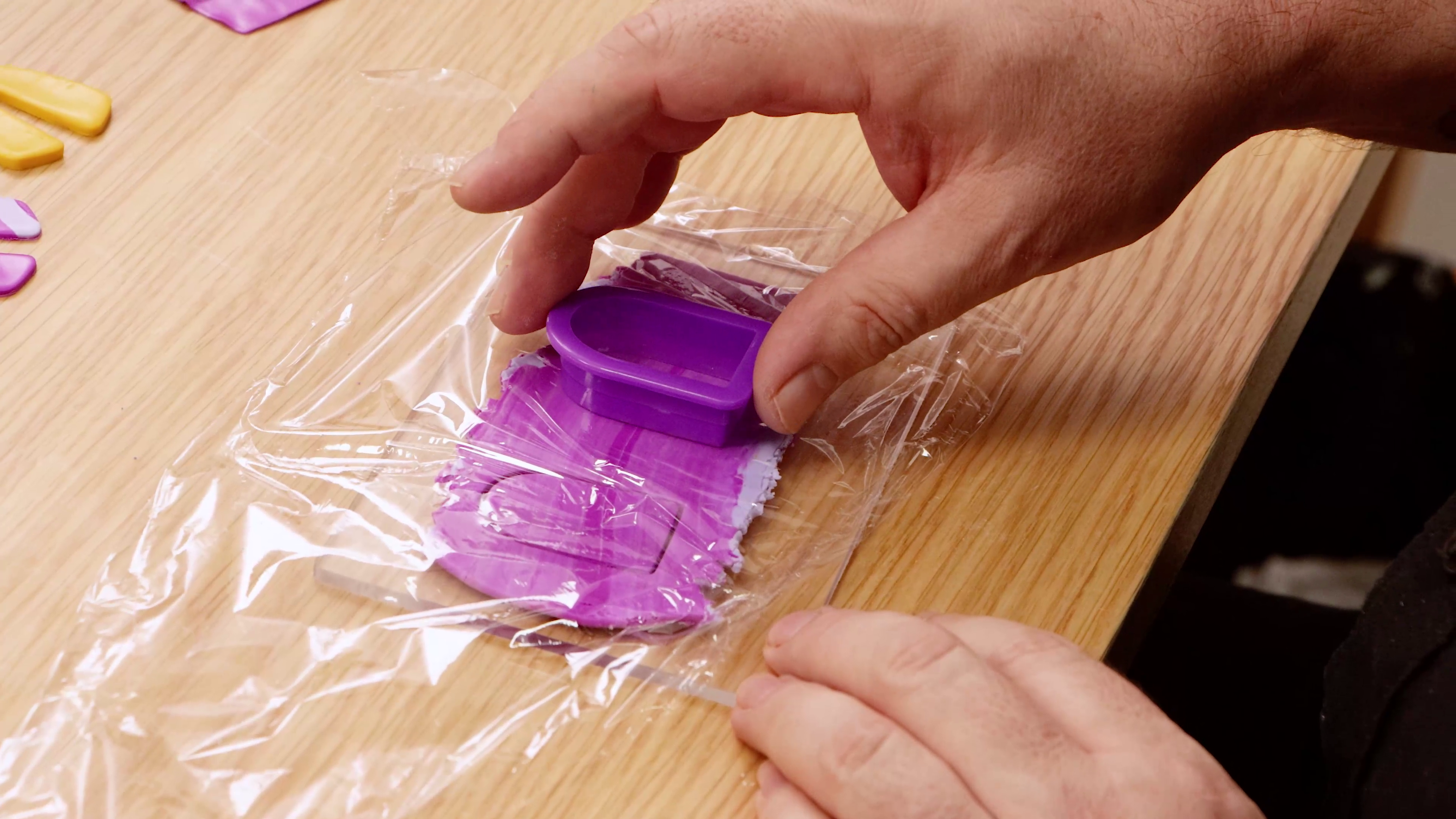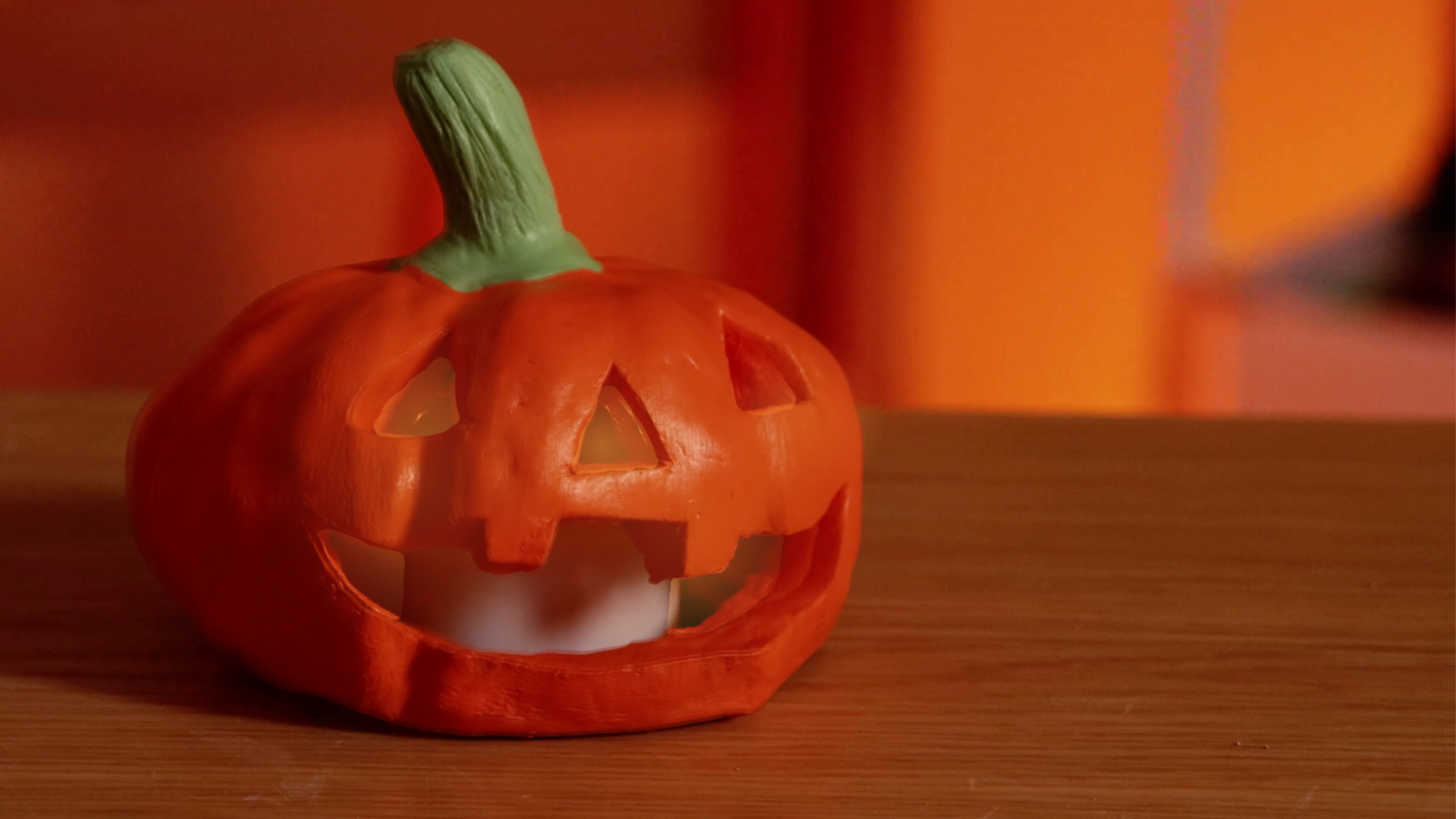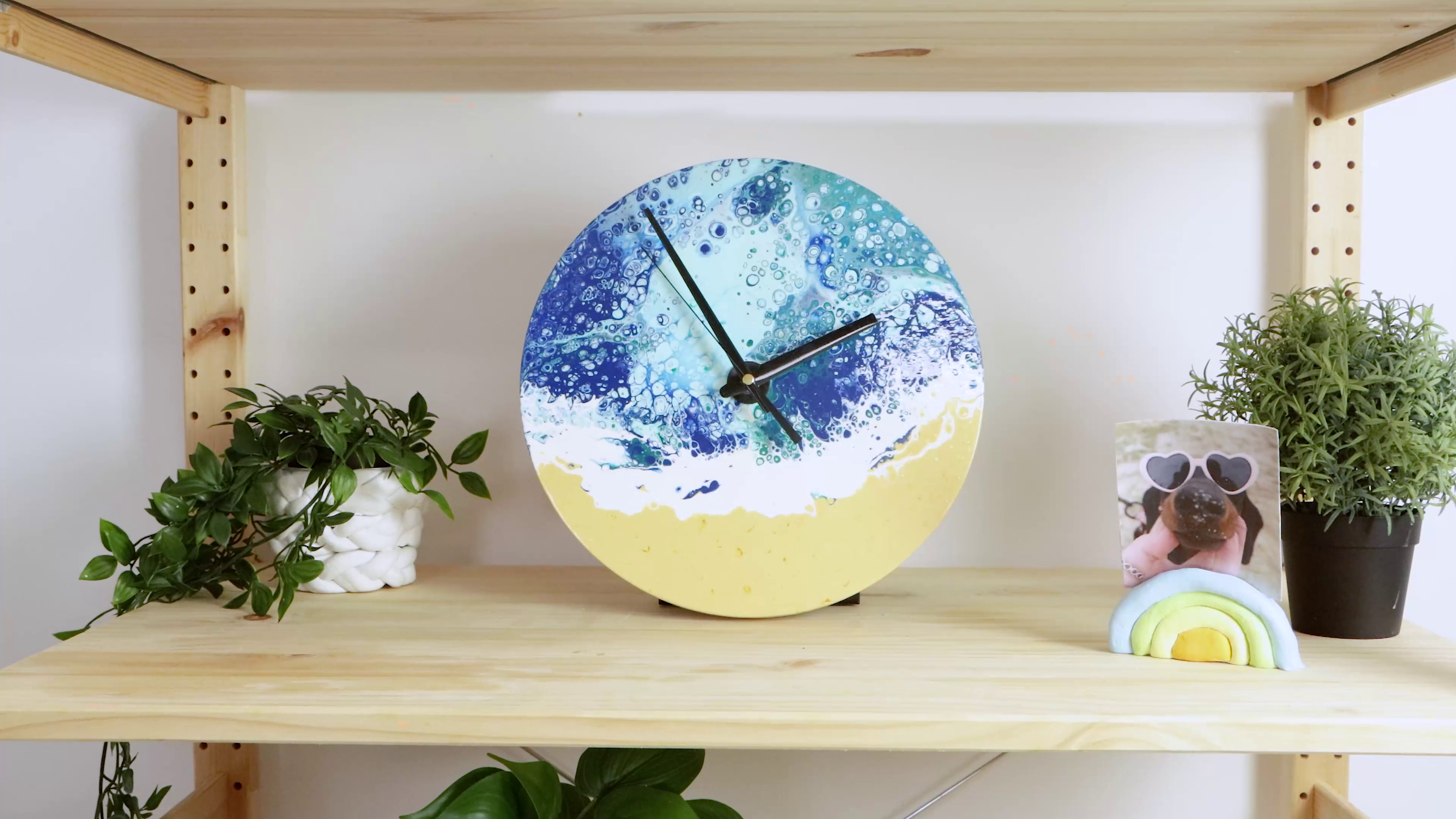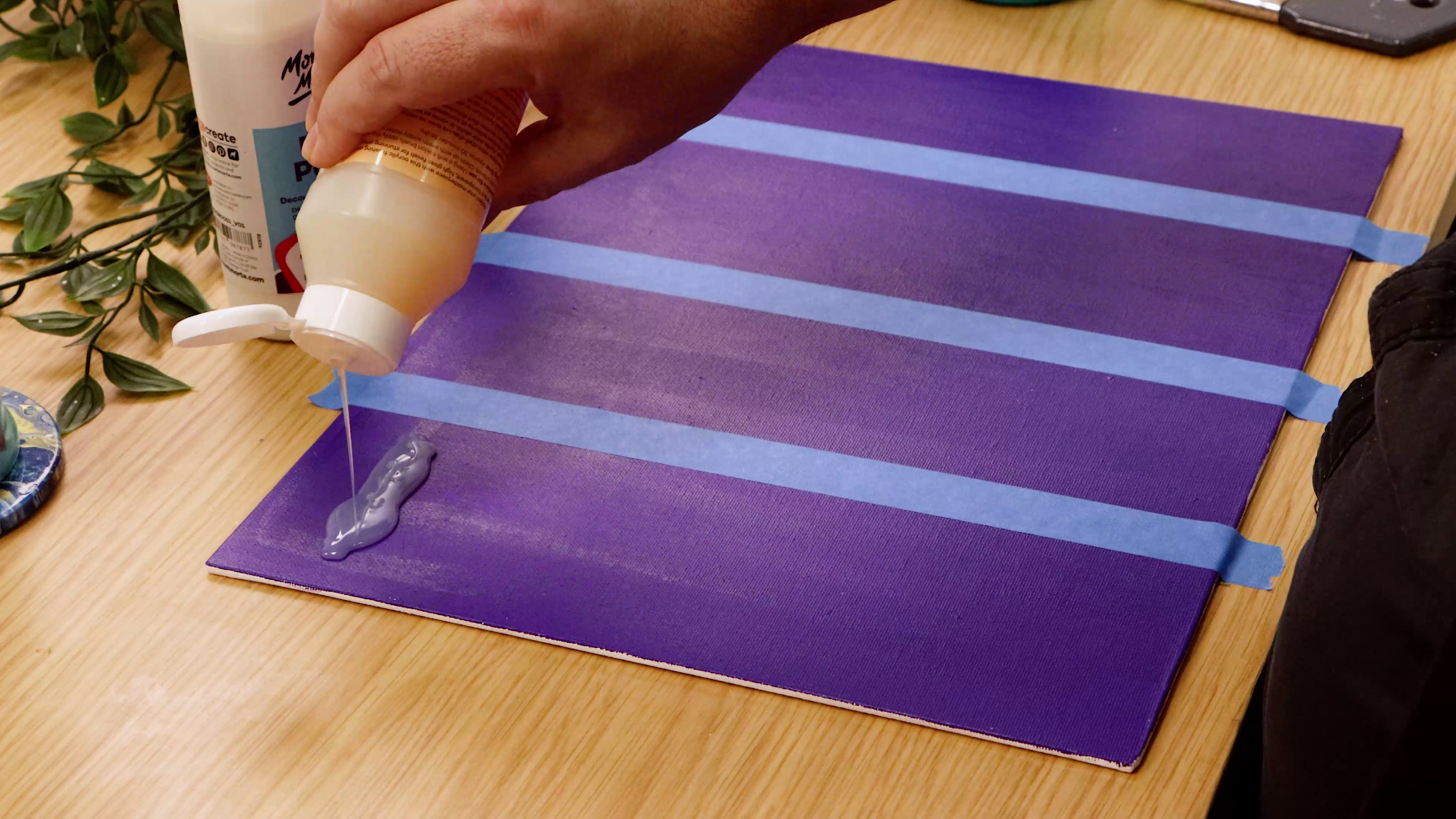Create a portrait with oil paints
In this lesson Joe shows everyone how to paint a portrait in oil paint. Loosely based on the techniques of the great German artist Albrecht Durer, there's a twist to this project that you won't be expecting!
How to create a self portrait What You Need CMST6090 Mont Marte Single Thick Canvas 90 x 60 cms Mpn0043 mont marte willow charcoal 10 pce bmhs0004 mont marte oil brush set mapl0004 mont marte twin paint w/lids mapl0002 mont marte easy clean palette maxx0007 mont marte brush washer stainless steel mpb0056 mont marte 75 mm flat wide brush macr0003 mont marte 75 mm foam roller mpo0026 mont marte oil paint yellow ochre mpo0028 mont marte oil paint burnt umber mpo0001 mont marte oil paint titanium white mpo0007 mont marte oil paint vermillion mpo0039 mont marte oil paint rose madder mpo0016 mont marte oil paint ultramarine mpo0027 mont marte oil paint burnt sienna mpo0028 mont marte oil paint burnt umber mpo0029 mont marte oil paint raw umber mpo0047 mont marte oil paint mars black mcg0036 mont marte oil paints 12 pce set
Step 1 Drawing up the portrait The first step is to draw up the image onto the canvas directly. Use Mont Marte willow charcoal to do this. I use the point system but you might like to transfer the image using the grid system. Refer to the video for guidence and remember to soften the edges with your finger and when you are finished blow off the loose dust. At this stage you could spray the drawing to seal it. Step 2 Painting on the ground The next step is to lay a coloured translucent coat over the drawing, this is called a ‘ground’. This will give a nice middle tone and seal the drawing and the canvas, it will also provide a good base to accept subsequent layers of paint. The ground is a mixture made from 4 parts Yellow Ochre, 1 part Burnt Umber and 5 parts Natural Turpentine. Apply the mixture with a Mont Marte 75 mm roller. Never add any colour because you think it would be there, always refer to your Reference material.
Step 4 Applying the mid range tertiary tones For this step we will be using White, yellow Ochre and Vermilion. The thing to remem ber here when mixing, is to mix the darker colours into the lighter colours. Fist mix a basic skin colour from White, Vermilion and Ochre. Apply this onto the light areas of the face. Apply it thinly and spread it out. Mix in a little Burnt Umber and use this to paint any higher lit areas in the shadow side. Next add more Vermilion and Ochre and create a warm tone and lay this into the areas of reflected light. Step 5 Applying the high key tones Create a mix from White, Vermilion and Ochre and lay this colour in to the light areas of the face. When this tone is laid in balance it out with varying amounts of Vermilion and Ochre, refer to the reference photo and remember this is not the highlighting stage yet so there should not be to much white showing through. Step 3 Applying the dark range tertiary tones Before we start painting, lay these paints on to the palette. 1. Titanium White 2. Vermilion 3. Rose Madder 4. Yellow Ochre 5. Ultra Marine 6. Sienna 7. Burnt Umber 8. Raw Umber 9. Black Lay some oil into the dipper and mix the Burnt umber to the viscosity of honey. Lay this mix in to the dark areas of the face. As you do this remember to keep the coat quite thin. Next add some medium to the Raw Umber and apply it in the same way. This will only lie in the areas of shadow and will take up less space than the Burnt Umber. Then apply the black to the areas in deep shadow only.
Step 6 Applying the highlights Have a look at the reference and lay pure Titanium White into the areas that display highlights. This highlight generally occurs on the for head region, high points of the cheeks and the tip of the nose. Once the white is laid in you can adjust the tones by adding little bits of Ochre, Vermilion and Ultra Marine here and there and softly blend them in where it is required. Step 7 Adding the details In this step the lips and the eyes get developed. Create a Pink from White, Ochre and Vermilion mixed with a bit of medium. Remember to darken the mix a little bit and lay in the shadow. Next create the eyes. Blue eyes can be created with Ultra Marine, Brown eyes with Raw Umber and Green eyes can be suggested with Yellow Ochre and Ultra Marine. Once the Iris has been painted in, lay in some pure Black for the pupil and finish off with some spots of white to suggest a highlight on the eyes. Let this all dry. . Step 8 Clowning around To be honest this part of the project is just a humorous and entertaining part that shows what can be done leading on from the last step. So first paint a round nose in with Vermilion, lighten it on the side closest to the light and darken the other side slightly. Next paint in the area that the ‘face paint’ will occupy. Fill this in with White thinned with medium. Make sure you can see the under painting through this coat. Next paint the lips in with Vermilion and medium. Create a thin mix with medium and Black and with the finest brush lay a key line around the face painted area. Add some eye brows as well.
...Until next time Keep on painting Step 9 Finishing touches Everybody knows that most clowns wear wigs. I have painted my clown with a ‘rainbow wig’. If you want to paint a wig like mine the colours are : Phthalo Blue, Emerald Green, Lemon Yellow and Vermilion. Lay the hair on with a fairly dry brush and in wispy strokes. I then lay the shirt in white and then move my attention on to the background. I paint this in Phthalo Blue and as I move across the canvas I add more white and medium to lighten as I go. By the time I have reached the right side of the canvas it is almost pure medium merely tinted with pigment. Mix the light colour into the darker colour and always take time to mix your colours So you don’t waste paint.
Material List
- Willow Charcoal in Tin Signature 10pc
- Single Thick Canvas Premium 60.9 x 91.4cm (24 x 36in)
- Foam Roller Discovery 75mm (2.9in)
- Oil Brush Set Premium 7pc
- Brush Washer Signature Stainless Steel
- Artist Acrylic Brush Premium Taklon Flat Wide 75mm





























